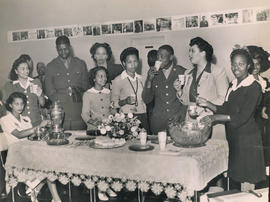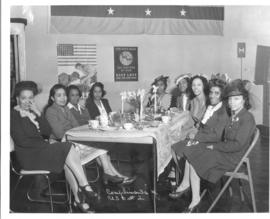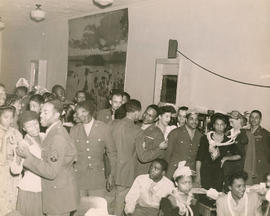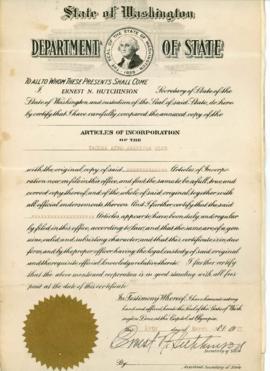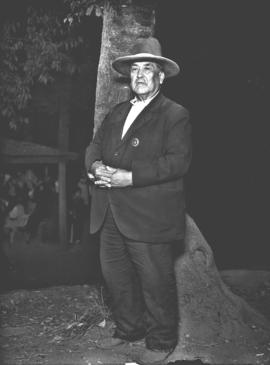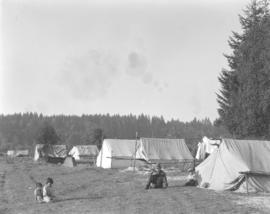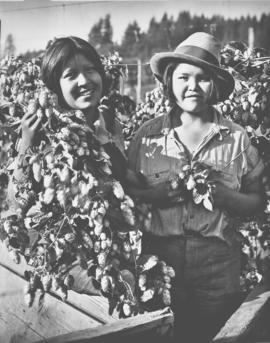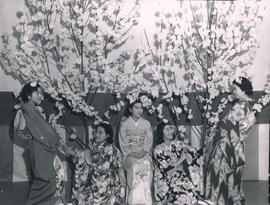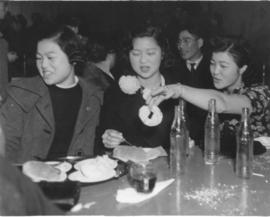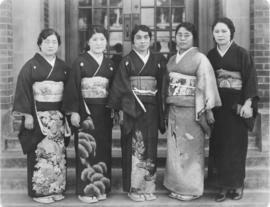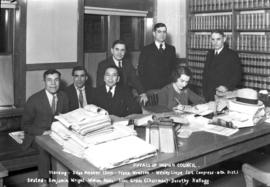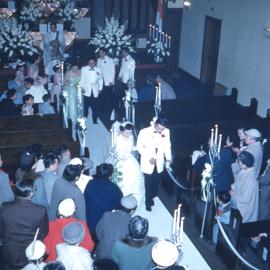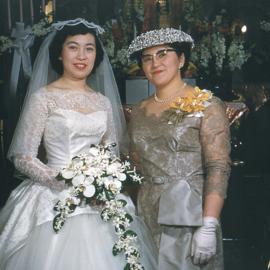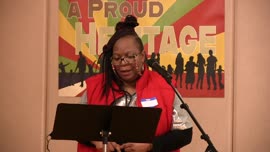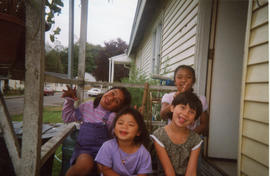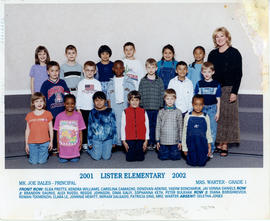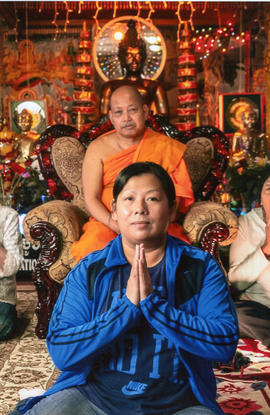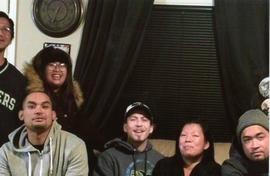In 1933, the Puyallup Tribe of Indians urged the federal government to purchase the outdated Tacoma Indian Hospital complex and build a new facility. The Puyallup Tribal Council met with newly elected U.S. Representative Wesley Lloyd in February 1933 to seek his support. After numerous delays, the new hospital was completed in 1943. Standing, left to right: Silas Meeker (Tribal Secretary), Frank Wrolson, Representative Lloyd. Seated, left to right: Benjamin Wright, William Davis, Silas Cross (Tribal Chairman), Dorothy Kellogg (assistant to Representative Lloyd). Frank Wrolson's last name was misspelled on the photograph.
Indians of North America, Puyallup Tribe; Cushman Indian Hospital (Tacoma); Hospitals--Tacoma--1930-1940; Meeker, Silas; Wrolson, Frank; Lloyd, Wesley; Wright, Benjamin; Davis, William; Cross, Silas; Kellogg, Dorothy;
